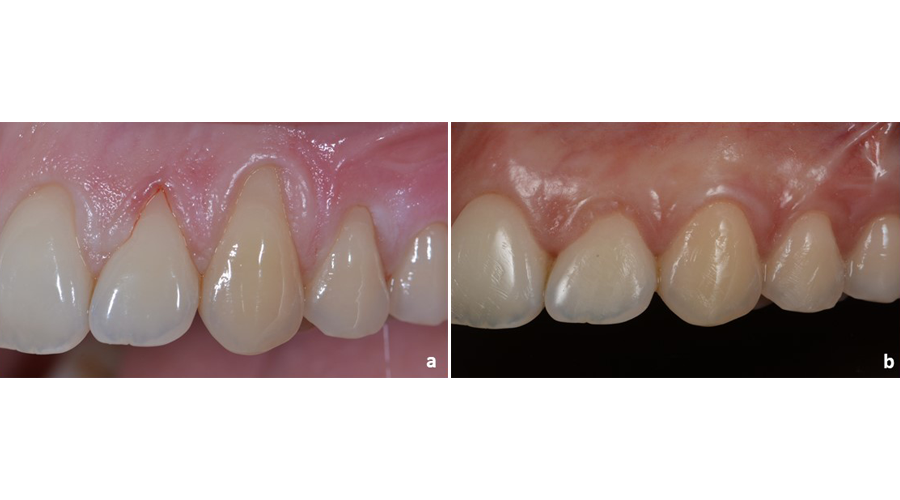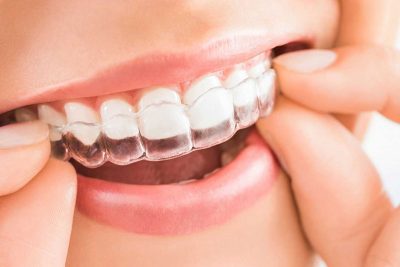Home » Treatments » Periodontology
What is Periodontology?
Periodontology is the area of dentistry dedicated to the study and treatment of periodontium.
It is made up of periodontal tissues that surround and support the teeth, namely the gingiva, the alveolar bone, the cementum and periodontal ligament.
The Periodontologist is a dentist who is a specialist in treating conditions that affect the periodontium.
Periodontal disease
The main etiological agent of periodontal disease in humans is the bacterial plaque.
However, habits such as smoking, or systemic conditions such as uncontrolled diabetes may also contribute to its development, influencing the severity and the speed of its expression and the responsiveness to its treatment.
The most common form of periodontal disease is gingivitis, which is characterized by a reversible inflammatory process of the gingiva. Gingivitis is caused by the accumulation of plaque and tartar around the teeth. In this situation, the gingiva is reddish (erythematous, rather than the traditional light pink appearance), with its increased volume (edematous gingival margin) and bleeding after touching (during brushing or after using the interproximal brush).
Untreated gingivitis allows its evolution to periodontitis, with involvement of the alveolar bone and irreversible progressive loss of dental support due to decreased clinical adherence. Clinically, periodontitis is characterized by bone resorption with possible development of gingival recessions, periodontal pockets, tooth mobility and persistent gingival haemorrhage after touching (pus and bad breath may even be present in some cases).
Treatment of early periodontal disease may be limited to mechanical removal of tartar and plaque, motivation and care instruction in your oral hygiene at home. In more advanced cases, with bone loss already associated, therapy may involve the need to surgically access deeper sites for them to be instrumented. Regenerative procedures may also be promoted to try to recover lost dental support.
Failure to treat the most severe cases will result in dental loss. Once the disease is treated in its active phase, the patient will move to a stable, supportive phase in which the disease can be controlled by keeping the characteristic inflammatory signs away.
Illustrative cases
» Use the arrows to view available images.



















- 1
- 2
- 3
- 4
- 5
- 6
- 7
- 8
- 9
Gingival aesthetics
Periodontal Plastic Surgery
Periodontology also includes a set of procedures that aim to provide harmony in the smile and find the most appropriate gingival aesthetics for each patient.
These techniques establish the periodontal plastic surgery, which aims at correcting unfitting gingival contours, restoring the normal soft tissue architecture around the tooth and ensuring optimal conditions for periodontal tissue hygiene.
Based on the use of these procedures, it is possible to accurate situations of excessive gingival exposure during the smile (called gum smile, with apparently short teeth present) or to treat gingival defects that imply exposure of dental roots (gingival recessions).
In Ortopóvoa we have the most advanced techniques of periodontal microsurgery, which allow us to satisfy the most demanding aesthetic necessities through minimally invasive interventions, by using sensitive microsurgical instruments and work field enlargement devices.
These approaches enable dramatic reduction of pain and discomfort and enhance highly predictable postoperative outcomes without scarring or sequelae.










